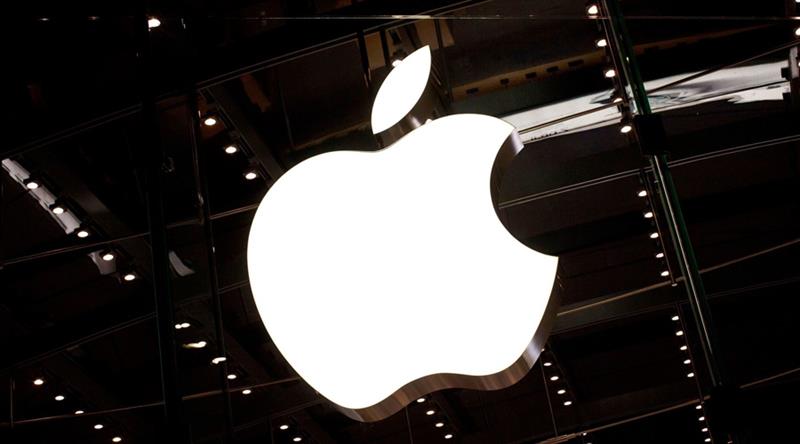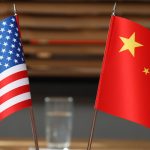iPhone 16e drives growth in India & Japan, while Apple Intelligence fuels massive upgrades worldwide
No other smartphone company comes close to Apple which captures 19 percent of the global market share amidst heavy competition in smartphone sales worldwide. This is the first time Apple has emerged the global leader in total shipments of smartphones at the end of a first quarter, proving its strategic shift in positioning, development, and supply chain functions.
Several key developments lead up to this development, after which all the next steps taken by the company may determine the extent to which it can hold this position in an increasingly competitive and volatile market.
Growth and Justification
Much of the success of the iPhone 16 for Q1 and growth into developing markets. Certainly, the 16e was a big part of Apple’s success for Q1. This allowed for a lower price to secure important high-end features, thus filling the gap between flagship devices and mid-range offerings. The value proposition of the 16e found a very positive response from price-sensitive markets such as India and Japan.
India marked a historic first quarter for Apple in terms of smartphone shipments. In fact, the investment of the company in retail outlets, local manufacturing, and digitization of payment systems has intensified for the whole flourishing of this great return. iPhone16e met local expectations of consumers, that of premium quality, without the premium price. This approach was in line with Apple’s bigger strategic change-customizing offerings to suit regional demand rather than having a one-size-fits-all offering.
The traditional stronghold of Apple, Japan, continued to see the company dominate. Fine camera system, battery life, and good compatibility with other Apple devices were worthwhile benefits to the majority of consumers who were students, working professionals, and even older consumers looking for simplicity and performance that the 16e had to offer.
Setback in China: A Market in Transition.
Although the company is doing well everywhere, Apple is struggling in China. The year-on-year decline for iPhones to China was 9 percent in Q1 2025, resulting in the drop of market share at 13.7 percent. This was happening at a 33 percent recovery, however, formed mainly by local brands, in China’s overall smartphone market.
Several factors could be tied to Apple’s underperformance in China. One such intervention is that government policies excluded most premium iPhones from their electronic subsidy programs; it did however favor devices priced below 6,000 yuan (around $820). Of course, this took consumers down the road toward domestic brands that qualified for the subsidy, offering nearly equivalent specifications for lesser prices.
In fact, local big names like Xiaomi, Huawei, and Honor are pursuing various consumer interests with novel designs, rapid refresh cycles, substantive prices, and to-die-for promotional offers. This resulted in a whopping 40 percent rise in shipments for this giant, sealing its grip on the mid-range and upper market segments. Apple will need to rethink pricing strategies and localized product differentiation, as applicable, to start recovering from these losses.
Trade Tension Navigation through Supply Chain Agility
Growing external pressure had been cast upon Apple’s global operations due to trade tensions that have gone sour between the U.S. and China. Apple anticipated supply problems and hastened to act. It transported some 600 tons of iPhones from India to the U.S. This preemptive measure ensured that American consumers would not suffer shortages in the event that new tariffs were to take effect. A subsequent U.S. announcement declared exemptions on smartphones from the latest tariffs and thus eased concerns in the short term. This made all the more real, though, the necessity for Apple to make further strides in diversifying its manufacturing footprint. India has turned into an important hub as much for production as for market growth. Apple now lowers dependency upon China for assembly, thereby cushioning itself from geopolitical shocks.
Apple Intelligence: The New Driver to Upgrade Devices
Another of Apple’s remarkable performances witnessed during Q1 was the widespread adoption of Apple Intelligence, a branded suite of generative AI features of the company. It has been deployed across the iPhone 15 and 16 series to add to user experiences in communication, photography, and personal productivity.
These features created record device upgrades during the quarter, where consumers who delayed purchasing their devices saw ample reasons to go for the latest versions. From real-time language translation to contextual improvements of Siri and smart tools for photo editing, Apple Intelligence lifted smartphone experiences right up with the utmost AI integration.
The rollout was however hindered by regulatory challenges in China, where the government held back certain functionalities from launch for concerns over data privacy and governance of AI. This impacted revenue decline from the area, highlighting the difficulties in global AI deployment in a fragmented regulatory landscape.
Key Areas of Focus for Sustained Leadership
With Apple now set at the top of global smartphone sales, the task now will be sustaining and extending that leadership. A few core strategies will possibly drive the company’s roadmap through the next quarters:
Emerging Markets Product Penetration
Further alterations on the basis of equitable success gained through the iPhone 16e bodes well for Apple to come up with region-specific models that will properly satisfy local consumer Idiosyncrasies. Custom features, localized apps, and synergies with local service providers can be used to further entrench Apple into markets like Brazil, Indonesia, and communications in the Philippines.
Supply Chain Diversification
Apple’s diversification of production activities will continue, with more attention being given to India, Vietnam, and Mexico. This does not only reduce the risks posed by trade disruptions but also allow the company to properly inventory on demand from the locations.
Evolving Artificial Intelligence Capabilities
Further development of Apple Intelligence will serve as a major catalyst for device upgrades. The company plans to enhance language models, expand cloud-based AI services, and offer new integrations with third-party applications. These improvements will likely boost user retention and attract new customers.
Revitalizing Growth in China
To compete effectively in China, Apple must align with local market expectations. Options may include launching new mid-range devices, offering government-compliant software updates, and deepening ties with regional e-commerce platforms. Establishing closer relationships with Chinese developers may also help integrate popular local apps and services.
Ecosystem Expansion
Apple is expected to leverage its existing ecosystem by promoting greater integration across devices. New versions of the Apple Watch, iPad, and Vision Pro may offer seamless compatibility with the latest iPhones, encouraging consumers to remain within the Apple ecosystem.
Apple’s performance in Q1 2025 marks a pivotal moment in the global smartphone industry. The company’s strategic mix of innovation, pricing flexibility, and geographic expansion enabled it to outpace longstanding rivals.
Success in markets like India and Japan highlights Apple’s ability to adapt and capture diverse consumer segments. Meanwhile, setbacks in China and global trade tensions underscore the need for continued agility and market responsiveness.
Looking ahead, Apple’s investment in artificial intelligence, supply chain resilience, and localized product strategies will determine how well it can maintain — and extend — its leadership position. The next few quarters will test the durability of this growth, but the foundation appears strong and future-oriented.






